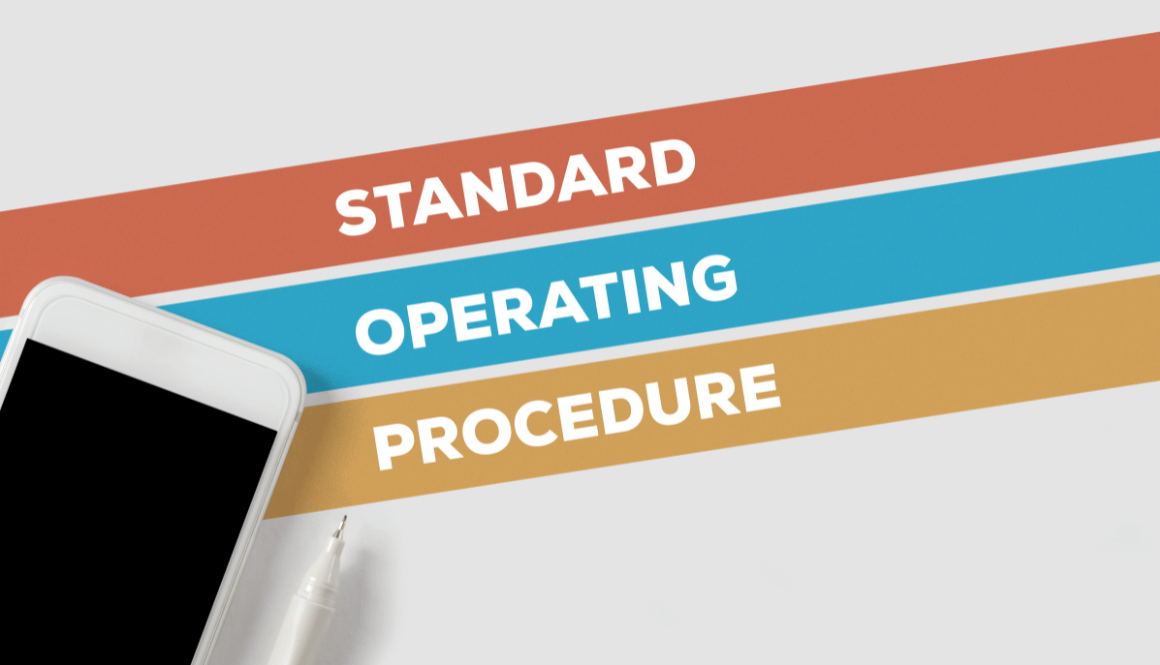Table of Contents
Planning in Layers: A Smarter Framework for Managing Complex Clients
As financial lives become more layered, so should financial planning.
High-income earners, business owners, blended families, and clients nearing retirement often bring a range of interconnected goals and financial decisions to the table. Trying to tackle everything at once can be overwhelming—for both the client and the advisor.
The solution? Start planning in layers.
This approach helps structure complexity into manageable, strategic phases—ensuring nothing gets overlooked and every recommendation fits into a broader plan.
What Is Layered Planning?
Layered planning is a framework where financial advice is delivered in structured stages:
- Urgent needs come first
- Foundational elements come next
- Advanced strategies build over time
Rather than presenting a 60-page financial plan with 20 action items, layered planning breaks priorities into focused chunks—mapped to each client’s timeline, goals, and bandwidth.
Layer 1: Stabilize
Start with immediate needs that support the client’s financial stability:
- Emergency fund assessment
- Basic cash flow and debt review
- Insurance coverage (life, disability, liability)
- Beneficiary designations
- Critical documents (will, power of attorney, health directives)
Why it matters:
These are the safety nets that protect against derailment. They’re not flashy, but they’re essential.
Layer 2: Structure
Once stability is addressed, you move into structure—the core financial engine:
- Investment strategy alignment
- Tax-efficient account management
- Retirement savings and contribution planning
- Education funding or major goals-based savings
Why it matters:
These are the building blocks that drive long-term outcomes. The goal is to optimize—not overwhelm.
Layer 3: Strategize
Now you can move into advanced planning:
- Roth conversions and tax arbitrage
- Legacy, gifting, and charitable strategies
- Business succession planning
- Trusts, family governance, or special needs planning
Why it matters:
At this stage, you’re layering in nuance. With the essentials handled, the client has the clarity—and the confidence—to pursue deeper strategic moves.
Benefits for the Advisor
1. Better Client Engagement
By pacing delivery, you give clients room to absorb each layer. This builds buy-in and keeps the relationship active over time.
2. More Planning Opportunities
Instead of a single “big plan” followed by radio silence, layered planning creates an ongoing cadence of value delivery.
3. Easier Delegation and Scaling
With layers mapped, different team members (associate planners, specialists, or operations) can own distinct phases of the plan.
How to Introduce the Model
Here’s one way to explain it to a client:
“Rather than giving you a massive list of to-dos, we take a layered approach. We’ll start with immediate priorities, then move into building out your strategy over time. This helps you make progress without feeling overwhelmed—and ensures every decision fits into your bigger picture.”
It’s planning with purpose. And clients appreciate it.
Final Thought
Clients don’t hire you for a one-time answer. They hire you to help them navigate life’s complexity over time.
Layered planning helps you deliver on that promise—clearly, confidently, and in a way that scales.
If you’re juggling complex clients, it might be time to stop solving everything at once—and start planning in layers.







